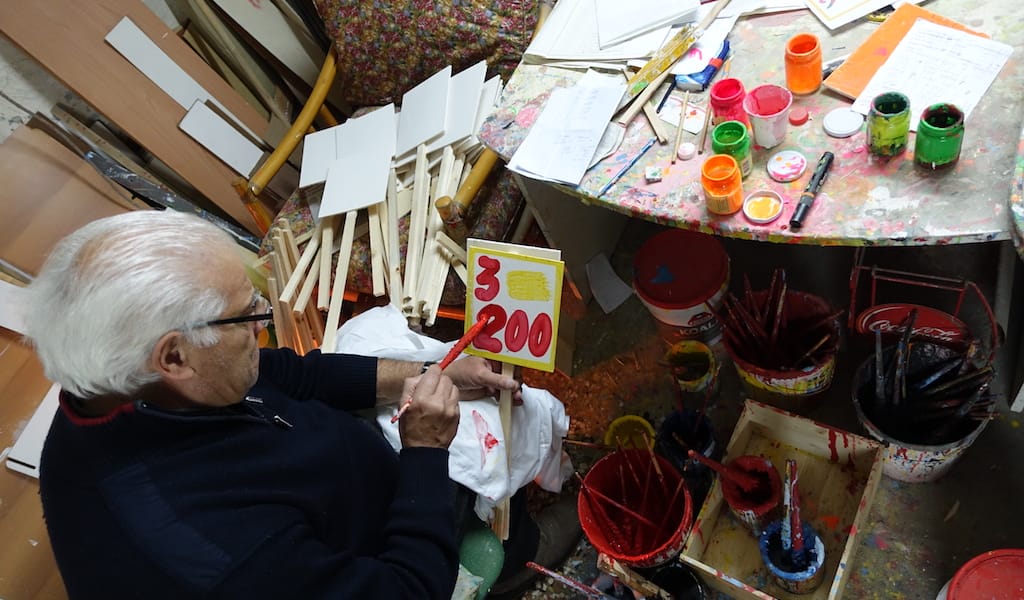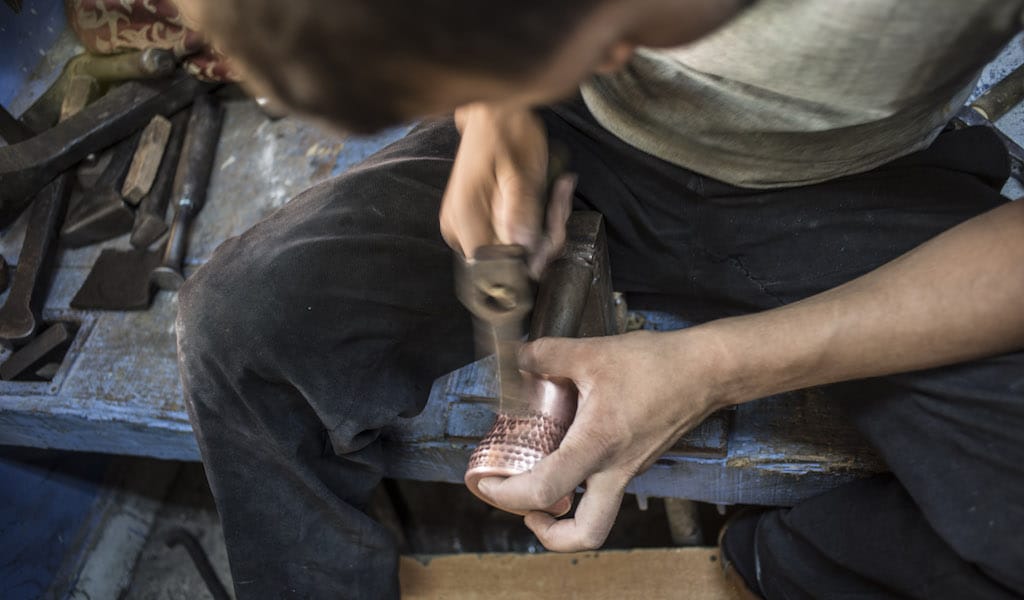We said it last year, and we’ll say it again: we’re often not impressed with traditional holiday gift guides. They’re either littered with undisclosed affiliate links or seemingly endless lists (much like our holiday to-dos) that make us want to turn off the computer and hibernate until the end of January.
With that in mind, we’ve brought back our gift guide, a highly-selective (and relatively short) list of products, some serious, others frivolous, that our correspondents and guides eat and use, made by people they know. Many of them are featured in stories that we’ve published, and we worked our hardest to connect you directly with producers – while we weren’t always successful, we did manage to avoid Amazon entirely (and no affiliate links in sight).
In an ideal world, we would see you and your loved ones on one of our culinary walks (you can also purchase gift vouchers for our walks). If you’d rather explore on your own, you can purchase our recently updated guidebooks for Athens and Barcelona, or buy the updated iPhone app for those cities. You can also peruse our shop to see items we have produced ourselves – our “Usta All-Stars” cards or Istanbul bazaar bag, for example – and others that we just really enjoy using or giving as gifts.
Now, without further ado, CB’s 2018 gift guide:
Athens
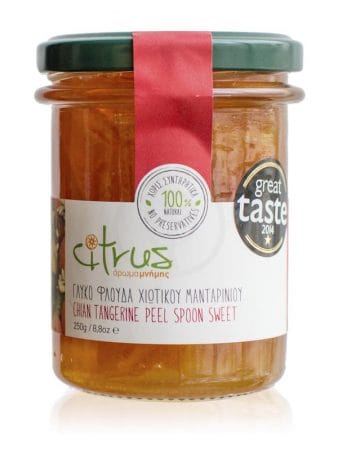
Tangerine Peel Spoon Sweet
Since the 17th century, the Kampos valley on the island of Chios has been carpeted with citrus trees, the most famous of which is almost certainly the local mandarin. Uniquely aromatic (its zest has a delightful scent), easy to peel and very tasty, the fruit is unlike any other that I’ve encountered. Locals are proud of their product and use it often: in juices, marmalades, liqueurs, syrups and even in cooking, adding its zest to soups or sauces to enhance their flavor.
One of my favorite forms, though, is the spoon sweet, a type of traditional preserve that has long been linked with hospitality and welcoming in any proper Greek home, made with tangerine peels. I like to add this uniquely aromatic spoon sweet to my yogurt or ice cream, but you can also use it as a cheesecake topper or add it to a fancy cheese platter. Here in Greece, it’s sometimes even used as an ingredient in cocktails – let it inspire a new holiday mixed drink for your family and friends. Order here. – Carolina Doriti
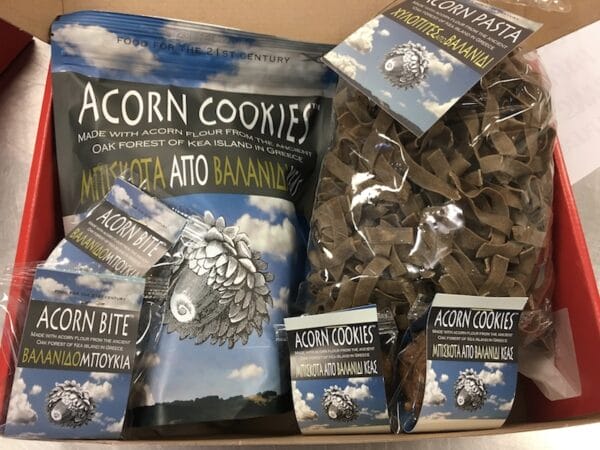
Oakmeal Sampler Box
The South Aegean island of Kea is home to a vast oak forest, whose acorns are undergoing a felicitous revival as a staple of local economic – and even culinary – life. The Oakmeal Acorn Initiative is probably the most visible sign of this revival. Founded in 2015 and run by American and long-time resident of Greece Marcie Mayer, Oakmeal aims to develop acorns within the local cuisine and to develop food and other products from the indigenous oak trees.
Most famous of these is probably her acorn cookies – the gluten-light biscuits are rough-hewn in appearance and have a chewy, hearty flavor that hints of maple. They taste, paradoxically, both healthy and sinfully good. Other acorn-made products include raw vegan energy bars and dark green tagliatelle pasta that tastes, according to one local chef, like udon noodles. With this sampler box, you can taste the great potential of acorns, this most postmodern of foods. Order here. – Zamira Skalkottas
If a friend or family member is heading to Athens next year and hoping to dig a bit deeper into the city, may we recommend booking one of our culinary walks as well as purchasing “111 Places in Athens That You Shouldn’t Miss,” which was co-authored by our Athens correspondent Diana Farr Louis.
Barcelona
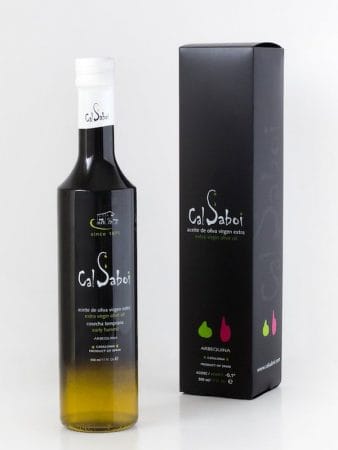
Early Harvest Arbequina EVOO
Extra virgin olive oil is always a luscious treat that’s worth the higher price – with it by your side, you can elevate all kinds of dishes into true delicacies. And when the EVOO is from an early harvest, then the fruity flavors and intensity are heightened. By using greener olives, much less oil is extracted, but what is extracted stimulates the senses more than regular extra virgin olive oil and has all the benefits of live polyphenols and antioxidants. Only a small percentage of olives in Catalonia are harvested early for the production of this kind of premium olive oil, but its popularity is growing.
While my go-to is the Umami early harvest EVOO produced by the small company Camins de Verdor, it’s only available within Spain. For those outside of the country, I’d recommend this early harvest EVOO from Cal Saboi, a Catalan producer, made with Arbequina olives. To fully appreciate the strong taste, it should really be consumed raw, over a slice of fresh or toasted bread, or on top of salads of all kinds. Order here. – Paula Mourenza

Rice from the Ebro Delta
The Delta de l’Ebre is a magical part of southern Catalonia’s Tarragona region. A flat swampy area where the Ebro River meets the sea, the delta contains within its confines a natural park rich in fauna and flora as well as 20,500 hectares of rice fields – it’s here that much of the rice consumed in Catalonia is produced. On my visit to the delta, I shadowed the owners of Molí de Rafelet, a family company that has been growing rice in the Ebro Delta since 1910. Their rice is not currently available in the U.S., but you can still purchase rice from the region. I recommend the bomba rice, which is unique to eastern Spain, from Bayo, which has been cultivating rice in the delta since 1860 and is a member of the Arrossaires del Ebre cooperative. Bomba rice is more absorbent, which means it keeps the good, consistent texture required for Valencian paellas and other seasonal rice dishes. Order here. – Paula Mourenza
Istanbul
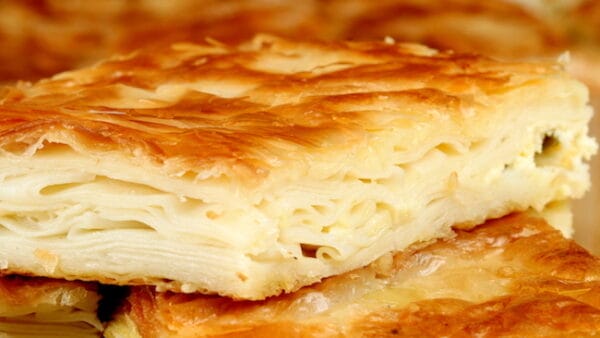
Güllüoğlu Baklava and Börek
In Istanbul, Karaköy Güllüoğlu is one of our favorite places for a pure baklava experience. Located a stone’s throw from the Bosphorus, this baklava emporium has been catering to Istanbul sweet tooths since 1949. Done up in borderline tacky décor that looks like it is meant to evoke late Ottoman splendor, the place serves more than a dozen different kinds of phyllo-based sweets, none of them resembling the cardboard-like, past-its-prime version of baklava that is often dished out outside the Middle East.
Karaköy Güllüoğlu’s founders hail from Gaziantep and are one of dozens of families from there with the same name – allegedly all descendants of Hacı Mehmed Güllü, also called “Güllü Çelebi,” a master baklavacı from the region – manufacturing baklava throughout Turkey. This can make things confusing, which is why we accept no imitations while in Istanbul. But outside of Turkey, we’re a bit more forgiving. So when we need a baklava or börek hit in the U.S., we order a tray (or two) of the good stuff from the American website of Güllüoglu Baklava. A tray of su böreği can be shipped half cooked or fully cooked, and is an easy breakfast for when you’re hosting large groups during the holidays. Order baklava here and order börek here. – Culinary Backstreets
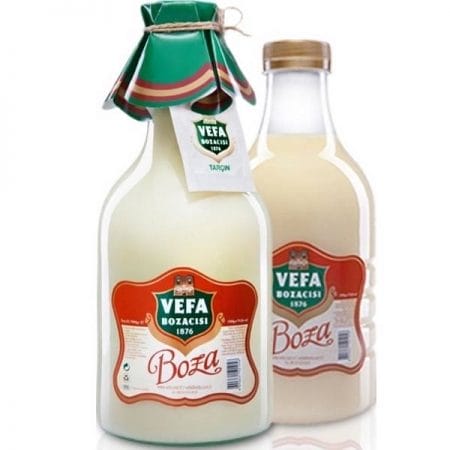
Boza
After our first taste, we were not quite ready to sing the praises of boza, a thick, almost pudding-like drink made from fermented millet. But the experience stuck with us. What is that flavor? Something like cross between Russian kvass (a fermented drink made from rye bread) and applesauce may be the best way to describe it. As it did to us, the drink may haunt you, much like the call of the itinerant boza vendors who wander the streets of Istanbul during the winter months calling out a long, mournful “booooo-zahhh.”
Perhaps better than the taste of the drink is the experience of ordering and consuming it at Vefa Bozacısı, a tavern-like boza outlet where this Ottoman culinary tradition has been protected with a flourish since 1876, when the current owner’s great-grandfather first opened shop. Attempting to recreate this experience at home will never quite live up to the original, but at least now you can try – the online shop Bozaji (whose catalogue oddly ranges from fresh fish to pistachio products) sells the famous Vefa boza and ships to anywhere in the United States. We recommend serving it in a glass with a spoon and topped with a layer of sprinkled cinnamon and roasted chickpeas, for the full Vefa Bozacısı experience. Order here. – Culinary Backstreets
Our Istanbul contributors and guides also have a few more niche gift ideas. If someone you know wants to stay and/or volunteer on organic farms in Turkey next year, contributor Jennifer Hattam recommends purchasing them a year’s subscription to TaTuTa, an organization that she featured in her story on urban Turks going back to the land. For the Ottoman history buff or food historian in your life, walks leader Benoit Hanquet is a big fan of Mary Işın’s latest book, “Bountiful Empire: A History of Ottoman Cuisine.”
Lisbon

Cork Apron
Even though Portugal produces the most cork in the world, it took some time – and a lot of wine producers changing to plastic screw tops – for Portuguese producers and designers to expand their cork offerings. These products may be more expensive, but that’s because cork is an organic material that can only be harvested every nine years by experienced hands (like João Rafael, an agricultural worker living in Portugal’s interior who was the subject of a photoessay by CB’s Lisbon-based photographer Rodrigo Cabrita). If you drive through Alentejo in southern Portugal you’ll see beautiful cork-tree forests painted with the year in which the last extraction took place. A sturdy material and naturally waterproof, cork is easy to clean and insulates really well, too, which is why cork aprons are now being chosen by many chefs and food lovers. Order here. – Célia Pedroso
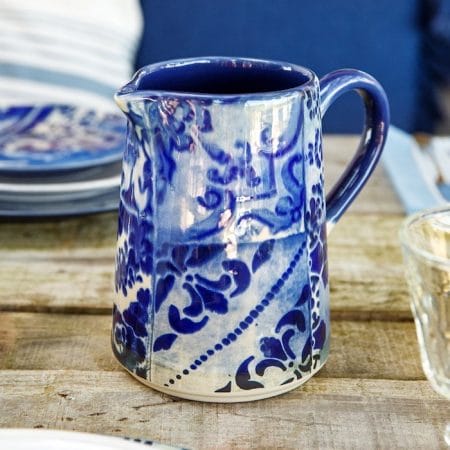
Costa Nova Lisboa Pitcher
Tiles have been an integral part of the Portuguese urban façade since the 19th century, when they first became affordable, and are still covering many buildings throughout the country’s cities. In Lisbon and Porto, however, their loveliness has become their downfall – many tiles are being stolen and then sold in flea markets, placing our heritage at risk. Buying at certified shops is one option; another is to get new objects that pay homage to our azulejo (the name given to these elaborately painted tiles) history, like this blue-and-white Lisboa pitcher in fine stoneware. The collection also includes plates and a cake stand, all made by Costa Nova, a company from Vagos in northern Portugal that exports a wide range of ceramics and has recently opened its first shop in Lisbon. Order here. – Célia Pedroso
Mexico City
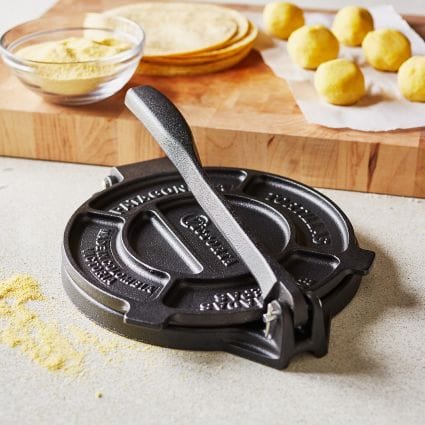
Cast Iron Tortilla Press
One of our favorite stories this year out of Mexico City was a deep dive into the Mexican corn tortilla. Martha Pskowski’s feature on Maizajo, an heirloom corn tortilla company in Mexico City, looked at how global trade devastated the Mexican tortilla and the twenty-somethings who are fueling a comeback for tortillas made with traditional corn varieties. Maizajo is still figuring out how to export their products, so in the meantime the next best thing (assuming you can’t support a local business like Three Sisters Nixtamal in Portland, OR, that takes similar care when making corn tortillas) is to get yourself a tortilla press and try your hand at homemade corn tortillas following this easy recipe from Serious Eats. Order your tortilla press here. – Culinary Backstreets

Molinillo
When it comes to making really good hot chocolate or one of Mexico’s other hot chocolate beverages, the molinillo, a traditional Oaxacan chocolate whisk, is a must. It is the secret to creating the foam at top of the drink. All you need to do is drop a piece of chocolate into a pan of heated milk and then stir constantly with the molinillo by placing it in between your two palms and rubbing them back and forth. Eventually the chocolate will melt, but don’t stop until foam begins to form on top. Every Mexican home has one! Order here. – Paco de Santiago
Naples
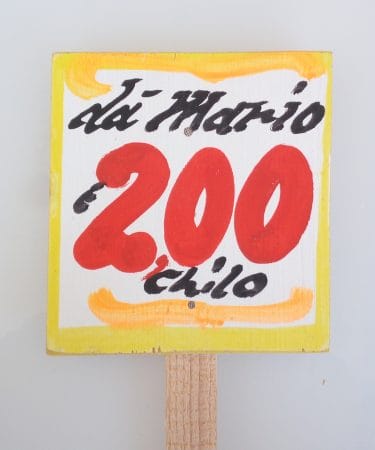
A Sign from Pasquale ‘o nummararo
Once you recognize the work of Pasquale De Stefano, better known as Pasquale ‘o nummararo, “the number man,” you’ll see it at every turn: his hand-painted signs for Neapolitan fruit sellers, vendors and restaurants add a bit of colorful whimsy to everyday life in the city. A stop into his workshop, one of the last of its kind, is a highlight of our Naples culinary walk. We have again teamed up with Amedeo Colella, our Naples correspondent and walks guide, to offer you the chance to get your own sign made by Pasquale. You can purchase a 13 cm x 13 cm sign featuring your or your loved one’s first name written by Pasquale himself in his inimitable style. The sign costs €4 and shipping is €13. You can place your order here. – Culinary Backstreets

Small Oil Drain
The artisan Antonio Colimoro is the fourth generation of tinsmiths to run Colimoro in the ancient center of Naples. He produces, entirely by hand, a series of beautiful aluminum utensils for home cooks and chefs. One of my favorites is this small oil drain used for fried pizza and other fried foods. Antonio is an important if not overtly visible force in the Neapolitan street food scene, and to support his business I’m giving you the chance to own one of his handmade pieces. The drain, which has a diameter of 23 cm, costs €5 and shipping is €20. Orders will be accepted until December 15. You can place your order by emailing shop@culinarybackstreets.com. – Amedeo Colella
Porto
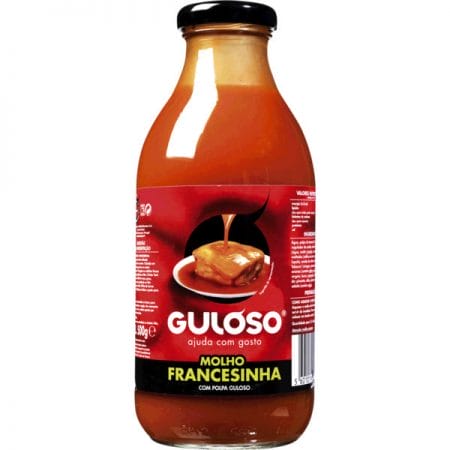
Francesinha Sauce
Going to Porto and not eating the francesinha, the culinary pride and joy of the city, is like going to Rome and not visiting the Vatican. Some spots take a purist approach while others dare to add new ingredients, but the sandwich, without fail, will always be covered in francesinha sauce. But don’t even think of asking for the recipe – every chef will tell you it’s a secret, and the truth is that no recipe is exactly the same. We can guess at the essentials: tomatoes, beer, piri-piri sauce, but that’s not even the half of it.
There’s no need to buy premade francesinha sauce when you’re in Porto, but if you’ve got a craving back home (and yes, eating one francesinha usually creates an addiction), then this bottle will come in handy. Just heat it up, adjust ingredients as you like, serve, and enjoy. With luck, you can even figure out the secret of the sauce. If so, keep it to yourself. Order here. – Cláudia Brandão
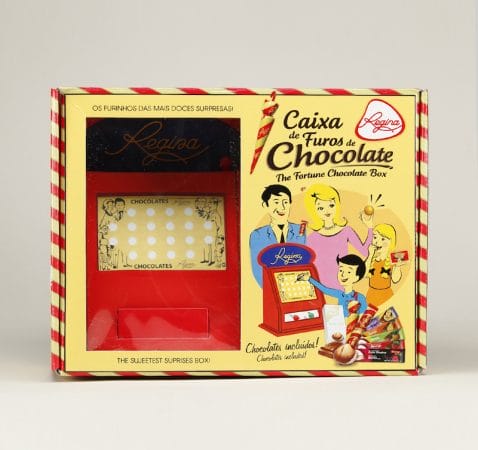
Regina’s Chocolate Box
“Life was like a box of chocolates. You never know what you’re gonna get.” Before the quote was made famous by Tom Hanks’ character in Forrest Gump, the famous Portuguese chocolate brand Regina had already put it into practice. In the 1940s, almost all cafés in the country had a “Caixa de Furos,” literally a “box of holes” in Portuguese, near the register. Using a little pick to punch a hole in the white circle board, you’d find a color-coded ball – luck determined the color of the ball, and thus the type of chocolate you’d get from the person behind the counter.
Now you can buy a small version to play at home – a game of chance with family or friends to see who gets the mythical chocolate umbrellas, the Coma com Pão, or “Eat with Bread,” a chocolate designed to be a bread filling, or, if you’re lucky, the golden ball. Order here. – Cláudia Brandão
Queens
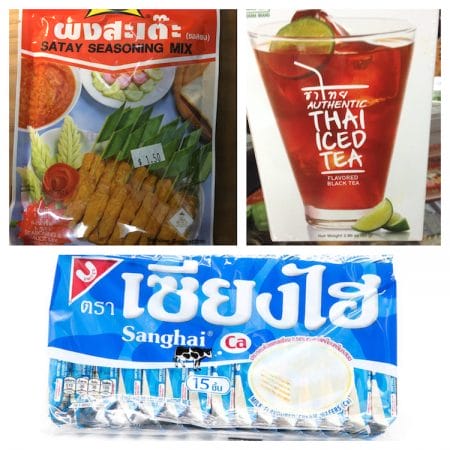
Thai Food Care Package
3 Aunties Thai Market in Woodside, Queens, has an incredible selection of imported Thai products, fresh ingredients and cooking utensils. Best of all, many of these products can be purchased through their online shop. We asked our walks leader Esneider Arevalo what he would suggest adding to a “Thai Food Care Package” for a friend or family member who loves Thai cuisine but doesn’t have access to a local Thai market. He suggested packets of sauces and seasoning mixes, like satay seasoning or nam powder seasoning (ideal for fermenting pork), for quick homemade meals – they’re easy to use and great for putting together dinner at the last minute. For something more snacky, crispy squid are always a hit, while someone with a sweet tooth will love milk-flavored cream wafers – all to be washed down with Thai tea. – Culinary Backstreets

Queens Dishtowels
The news that Amazon has chosen Long Island City in Queens as the location for one of their two new headquarters, a decision encouraged by outsize incentives promised by the city and state of New York, has sparked a lot of outcry and debate. Following the lead of our friends at QueensEats, we intend to shop local this holiday season and support businesses in the borough. To spread the local love, we’ll be gifting these dishtowels, one featuring a map of Queens and the other featuring icons of the borough, from Lockwood, a shop with five locations throughout Queens. – Culinary Backstreets
Queens correspondent Dave Cook submitted a tip for local shoppers looking for something sweet this holiday season. Stay tuned for a longer review: “After Antonetta ‘Toni’ Binanti emigrated from Quaglietta, Italy, in 1973, she learned English as a young high schooler and at her uncle’s bakery in Astoria, Queens. In 1980, when her uncle bought Rudy’s Bakery & Cafe in the largely German-speaking neighborhood of Ridgewood, Toni took up that language, too. The bakers from the old country have long since retired, but come the winter holidays, Toni still speaks spitzkuchen, stollen, and particularly pfeffernüsse (with a silent “P”). A bagful of those sweetly glazed spice cookies, prepared from a generations-old recipe, is an aromatic remembrance of Christmas past.” (905 Seneca Ave., Ridgewood, +1 (718) 821-5890, www.rudysbakeryandcafe.com)
Shanghai
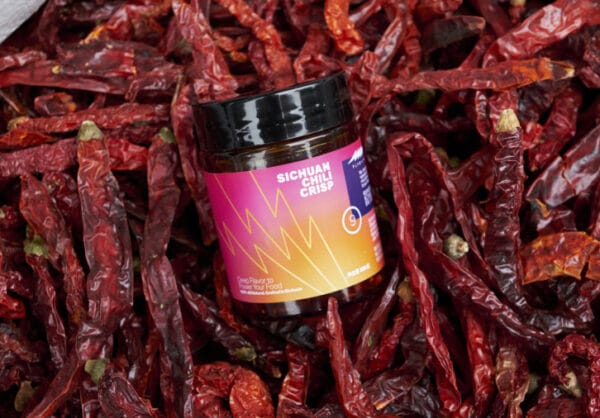
Sichuan Chili Crisp
We’ve been putting Fly by Jing’s Sichuan Chili Crisp on pretty much everything for years, but haven’t been able to recommend it to our friends and family back home until now! Jenny Gao, the founder of our favorite local supper club Fly by Jing, has officially started shipping these spicy jars of umami goodness all over the world after a massively successful crowdfunding campaign that got fully funded in just two days. Made with high quality dried erjingtiao chilies, tribute Sichuan peppercorn and fermented black beans, this chili sauce packs a deep flavor that you cannot find anywhere else. Get it, along with her mala mix and Zhong dumpling sauce, to start your Sichuan pantry. Order here. – Jamie Barys
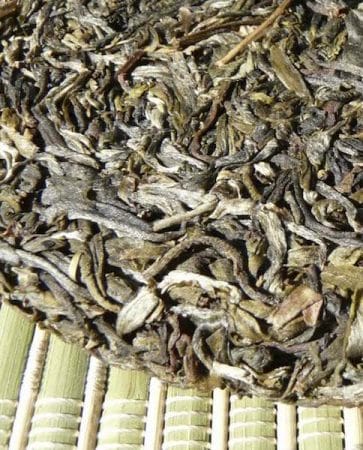
Pu’er Tea
Wanling’s tranquil tea house is our go-to spot in Shanghai for tea, but if you’re not in the city, you can still get a taste of the leaves she sources from all over China through her website. We recommend the raw Pu’er tea sold in 50g cakes. We opt for raw, or sheng, Pu’er as the cheaper “cooked” (熟, shú) variety is chemically processed to mimic the natural aging process of the tea. Head pounding after a night of too much toasting the new year? Try a cup of Pu’er tea in the morning and find out why the Chinese consider it a hangover cure. In addition to its restorative properties, it also is a famous diet aid and is often eaten after meat-heavy or greasy meals as it improves digestion and cuts through fat. And that sounds just about right for a post-holiday meal digestif. Order here.– Jamie Barys
Tbilisi

Khinkali Socks
Georgia and Georgian food have been riding a wave of popularity across the world. So we image that these charming socks featuring the country’s signature culinary delight, khinkali, fat dumplings stuffed with a robust mixture of meats, spices and herbs, will be on many wish-lists this year. Alter Socks in Tbilisi offers a variety of colors and patterns (adjaruli khacapuri and Georgian wine, among other motifs, can be found), making these the perfect small gift or stocking stuffer. Order here. – Culinary Backstreets

Khmeli Suneli
When it comes to spice blends, the most ubiquitous to Georgian cuisine is Khmeli Suneli, which Iza, our spice girl at the Dezerter’s Bazaar likes to call, “Georgian Curry.” It is a deeply fragrant mix you might even want to store in your wardrobe, but we prefer it as a fish and poultry rub (although it is perfectly suitable for red meats) and goes great with sautéed vegetables, like carrots, cabbage and zucchini, while it adds layers of depth to hearty soups. Iza’s blend is a simple marriage of local coriander seeds, blue fenugreek and marigold petals; three spices you will find in oodles of Georgian dishes, from chakhokhbili (chicken stew) to badrijani (walnut stuffed eggplant). However, it is not uncommon to have bay leaf, hyssop, paprika, dill, savory and perhaps several other spices added to the mixture, as well. Order here. – Paul Rimple
Tokyo

Kattobashi
We at CB were delighted by this story in the New York Times about how cracked and splintered baseball bats in Japan are now being recycled into chopsticks. As Jeré Longman writes, “Each season, thousands of damaged bats are reprocessed into reusable ‘kattobashi,’ a mash-up of the Japanese word for chopsticks and a baseball chant that translates as ‘get a big hit.’” It’s part of a larger and longer-term conservation effort to help preserve and replenish the country’s stock of aodamo, a species of ash tree whose wood was once used to make professional bats. We love the idea of replacing our set of chopsticks at home with these baseball-bat beauties. Order here. – Culinary Backstreets
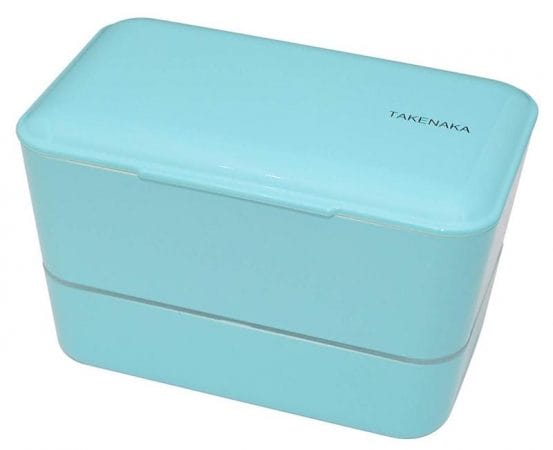
Takenaka Bento Boxes
Bento boxes provide an efficient way to enjoy the foods we love. We frequently use them to pack a healthful meal or a super exciting snack for a long journey. Cooking at home is one of our favorite pastimes, and our bento boxes offer us a chance to enjoy leftovers from great dinners the next day as lunch. The only downside is the envious looks we receive from people eating takeaway foods and soggy sandwiches. This year we’re going to gift a bento box and several favorite recipes to friends. Order here. – Fran Kuzui
 November 22, 2017 The CB Gift Guide 2017
November 22, 2017 The CB Gift Guide 2017
Truth be told, we’re often not impressed with traditional holiday gift guides. They’re […] Posted in Elsewhere April 1, 2024 Pastiera
April 1, 2024 Pastiera
Like the Proustian madeleine, sweets can stir up all kinds of feelings in the minds of […] Posted in Naples December 2, 2021 Caga Tío
December 2, 2021 Caga Tío
Caga Tió, Tió de Nadal
No cagues arengadas
Que són saladas
Caga torróns
Que són més […] Posted in Barcelona
Published on November 21, 2018
Related stories
November 22, 2017
Elsewhere | By Culinary Backstreets
ElsewhereTruth be told, we’re often not impressed with traditional holiday gift guides. They’re either littered with undisclosed affiliate links or seemingly endless lists (much like our holiday to-dos) that make us want to turn off the computer and hibernate until the end of January. So, what makes our gift guide different? It’s a highly-selective (and…
April 1, 2024
NaplesLike the Proustian madeleine, sweets can stir up all kinds of feelings in the minds of those who eat them. In Naples, struffoli (small, round doughnuts glazed with honey) and cassata (sponge cake with ricotta and candied fruit) speak of Christmas, while chiacchiere (sugar-dusted fritters) and sanguinaccio (literally “blood pudding,” but actually made of chocolate)…
December 2, 2021
BarcelonaCaga Tió, Tió de Nadal No cagues arengadas Que són saladas Caga torróns Que són més bons It’s not a carol, but it is likely the most popular song in Catalonia around Christmastime. Please pardon the profanity necessary in rendering a faithful translation: “Shit, Log, Christmas Log/Don’t shit herrings/Which are salty/Shit nougats/Which are better.” You…







































